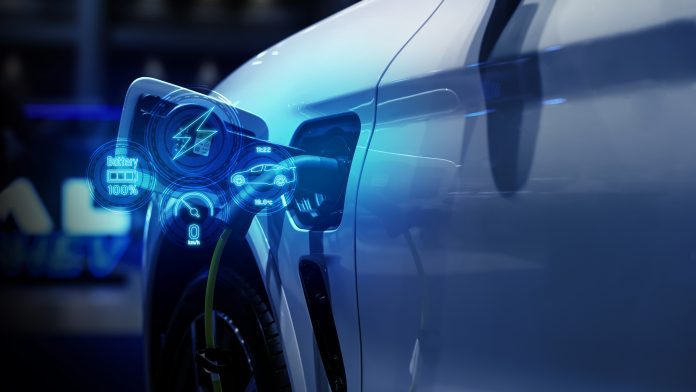The U.S. electric vehicle (EV) market saw significant gains in Q1 2025, growing by 11.4% year-over-year, according to the latest data from Kelley Blue Book. Nearly 300,000 electric vehicles were sold, making up 7.5% of total new-vehicle sales, a 7% increase year-over-year. Despite market headwinds, electric vehicle sales continue to expand, though not evenly.
General Motors (GM) made a major comeback after delays in 2023 and 2024. The automaker sold over 30,000 EVs in Q1, nearly doubling sales year-over-year and surpassing competitors Ford and Hyundai in quarterly EV volume. Honda and Acura also contributed to the segment’s growth, selling just over 14,000 electric vehicles combined through a short-lived partnership with General Motors. Stellantis entered the EV market as well, debuting new electrified models from Dodge, Jeep, and Fiat. Meanwhile, the latest models from Acura, Audi, Chevrolet, Honda, and Porsche helped push overall EV sales higher.
While the market continues to make gains, EV leader Tesla is losing ground. The automaker sold 128,000 units in Q1 202.5, a 9% decline year-over-year. Tesla’s U.S. market share also shrank to 3%, down from its 5% peak in Q2 2023, when it sold 173,000 EVs. Without adjustments to its product strategy, Tesla risks further decline. However, the automaker has introduced a more affordable version of the Cybertruck and will launch a refreshed Model Y, which could help stabilize its performance.
Despite the market’s gains, looming challenges could stall electric vehicle momentum. Although two-thirds of the EVs sold in the U.S. last year were assembled domestically, many components are sourced globally. China remains the leading supplier of EV battery materials, and the ongoing trade war threatens to disrupt critical supply chains. On top of that, the Trump administration is considering eliminating the federal EV tax credit, a significant driver that fuels consumer demand.




